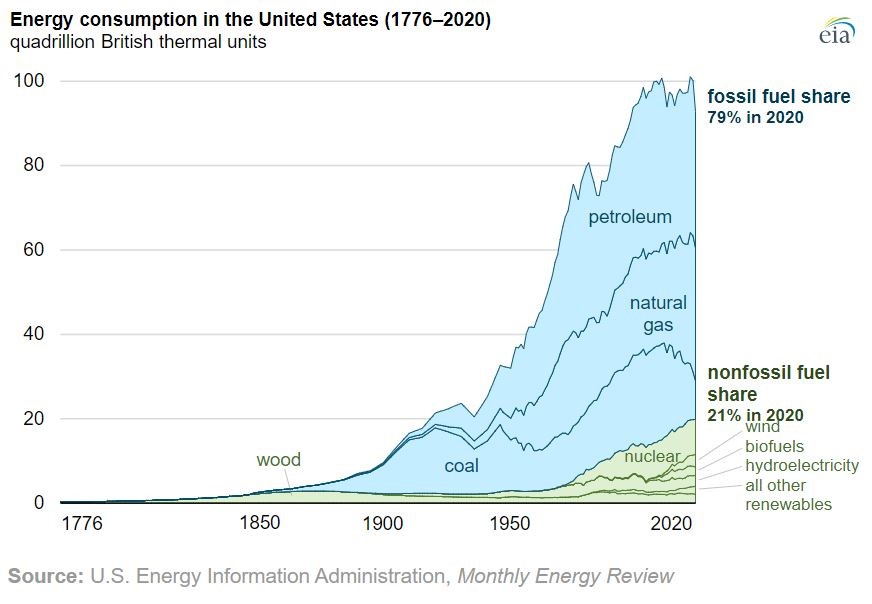FXOpen

One of the most interesting divergences in financial markets formed recently. The price of oil remains stubbornly elevated, closing the previous week above $75 per one barrel, despite ongoing dollar strength.
Since April 2020, the price of oil has come a long way. It dipped below the zero level for the first time ever, as the futures market settled close to -$40 twelve months ago. But from that moment on, it ripped higher, recovering all the pandemic losses and some more.
Because oil remains a big chunk of energy consumption in the United States and the rest of the world, higher oil prices fuel higher inflation. Higher inflation, on the other hand, pressures central banks to act and raise the interest rates, as most of them have a price stability mandate given by an inflation-targeting framework.
Commodities vs. Interest Rates
A classic correlation in financial markets tells us that commodities tend to underperform when interest rates are rising. It is not the case this time.
While the interest rates are not off their lows, the Federal Reserve of the United States started to talk hawkish. At its last meeting, the Fed signaled more rate hikes in the near future than the market expected, triggering a move higher in the US dollar.
As such, the EURUSD pair fell from above 1.22 to 1.18, the GBPUSD from 1.42 to 1.38, and the AUDUSD from 0.78 to below 0.75. But the strength in the US dollar did not bring a correction in the price of oil. Just the opposite.
A couple of things may help explain the divergence. On the one hand, the recent Iranian presidential elections have postponed the likelihood for Iranian oil to hit the market anytime soon. On the other hand, the OPEC+ recent meetings failed to commit new supplies for the second half of the year, despite the fact that demand is forecast to rise by 3 million barrels/day in the second half of the year.
Hence, the imbalances in supply and demand point to further upside in the price of oil, despite the Fed’s hawkishness. Many voices in the market suggest that the Fed will signal the tapering of its asset purchases at the upcoming Jackson Hole Symposium in August.
Therefore, until August, the US dollar’s strength will likely persist in expectations of the Fed’s message. Yet, as long as it remains above $70, the price of oil remains bid too, threatening with a move above $80 and beyond.
This article represents the opinion of the Companies operating under the FXOpen brand only. It is not to be construed as an offer, solicitation, or recommendation with respect to products and services provided by the Companies operating under the FXOpen brand, nor is it to be considered financial advice.






